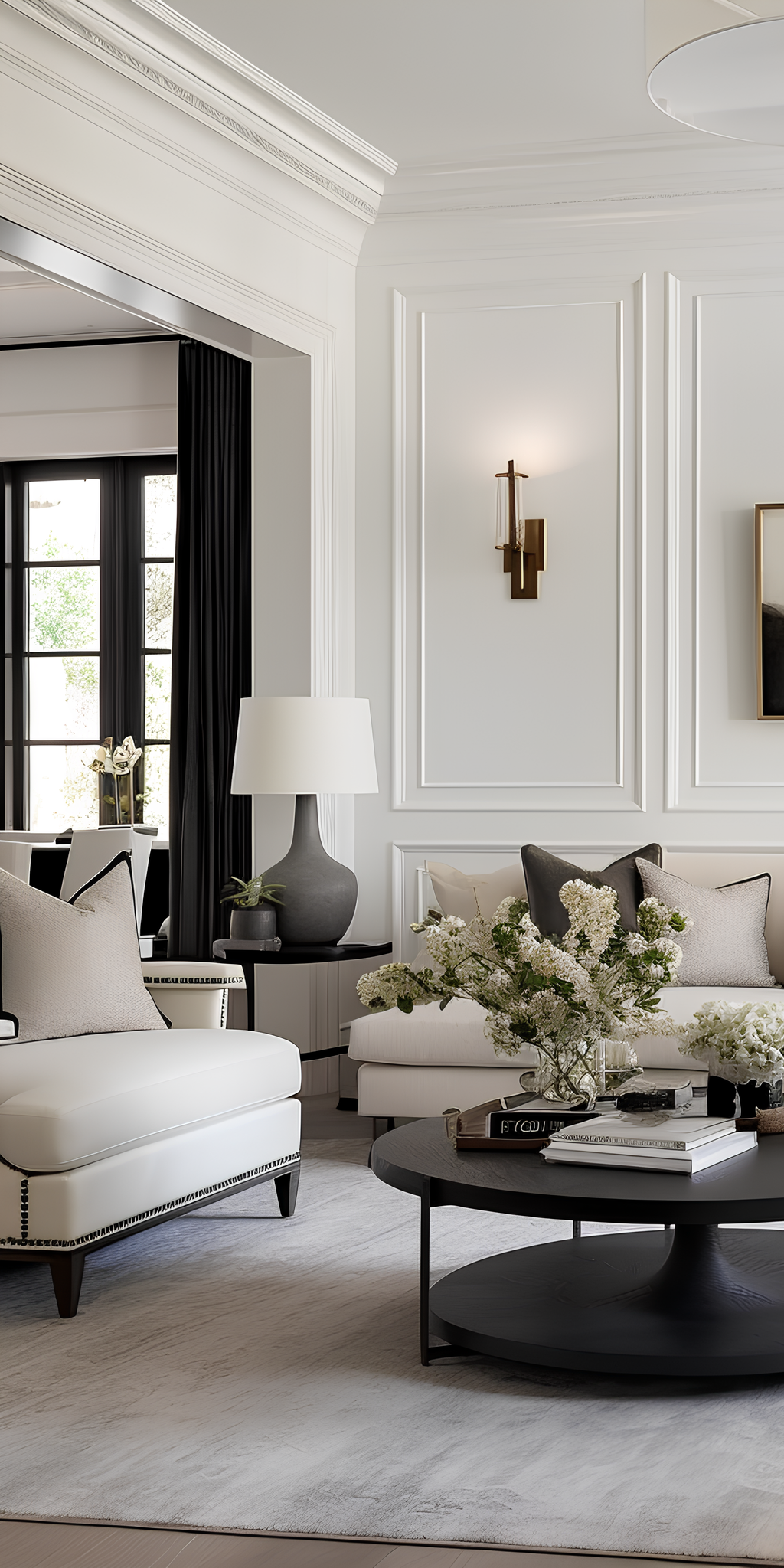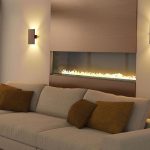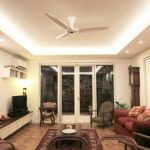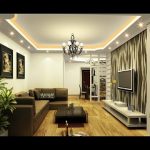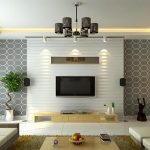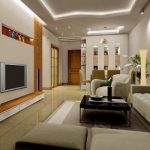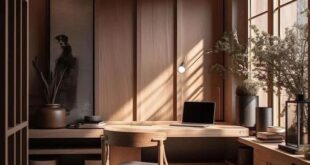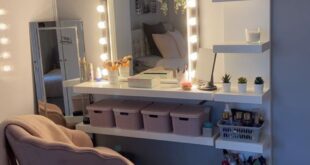Lighting plays a crucial role in creating the right ambiance in a living room. It can make a space feel warm and inviting or cold and stark. When designing the lighting for a living room, it’s important to consider the functionality of the space as well as the overall aesthetic.
One key aspect of lighting design for a living room is layering. This involves using different types of lighting – ambient, task, and accent – to create a balanced and visually appealing space. Ambient lighting provides overall illumination, task lighting is focused on specific areas such as reading nooks or workspaces, and accent lighting highlights architectural features or artwork.
In terms of fixtures, there are a variety of options to choose from. Ceiling-mounted fixtures like chandeliers or pendant lights can provide ambient lighting and add a decorative touch to the room. Wall sconces can be used to create a soft, indirect light that adds warmth and intimacy to the space. Table lamps and floor lamps are great for adding task lighting and can also serve as decorative elements.
Another important consideration when designing lighting for a living room is the intensity of the light. Dimmer switches are a versatile option that allows you to adjust the brightness of the light to suit different activities and moods. Soft, warm light is typically more inviting and comfortable for a living room, while cooler, brighter light can be used for tasks that require more focus.
In terms of positioning, it’s important to consider the layout of the room and the activities that will take place in each area. For example, if you have a seating area for reading or watching TV, placing a floor lamp or table lamp nearby can provide the right amount of task lighting. Wall sconces can be used to highlight architectural features like fireplace mantels or artwork.
Overall, a well-designed lighting scheme can completely transform the look and feel of a living room. By incorporating a mix of ambient, task, and accent lighting, choosing the right fixtures, and adjusting the intensity and positioning of the lights, you can create a space that is not only functional but also beautiful and inviting.
 bebadesign Interior Design Ideas
bebadesign Interior Design Ideas
